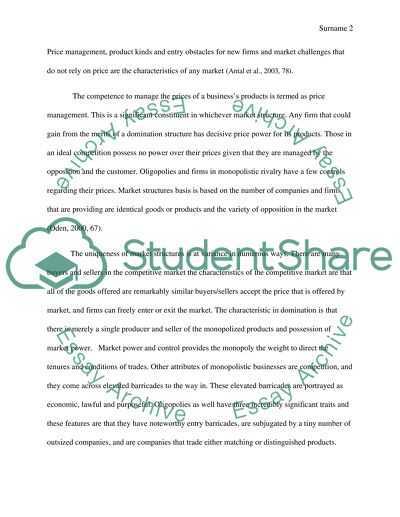Cite this document
(“Business environment Essay Example | Topics and Well Written Essays - 1500 words - 1”, n.d.)
Retrieved from https://studentshare.org/other/1399288-business-environment
Retrieved from https://studentshare.org/other/1399288-business-environment
(Business Environment Essay Example | Topics and Well Written Essays - 1500 Words - 1)
https://studentshare.org/other/1399288-business-environment.
https://studentshare.org/other/1399288-business-environment.
“Business Environment Essay Example | Topics and Well Written Essays - 1500 Words - 1”, n.d. https://studentshare.org/other/1399288-business-environment.


